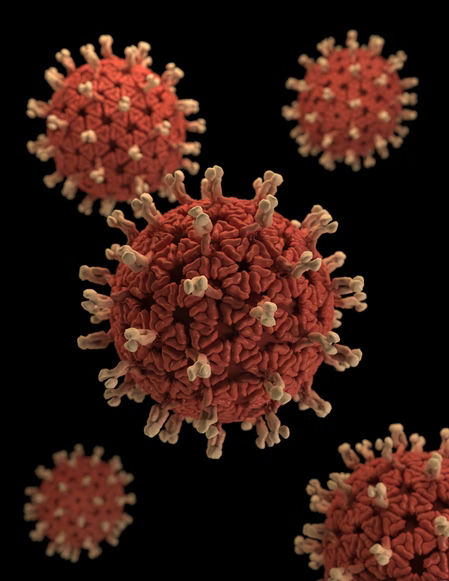The recent monkeypox outbreak across the world has forced many countries to take steps to avoid another COVID-like situation. These steps include arranging vaccines, expanding testing measures and creating more awareness.
Genetic analysis of recent monkeypox cases suggests there are two distinct strains in the US raising the possibility that the virus has been circulating undetected for some time, according to AP reports citing officials from the Centers for Disease Control and Prevention.
Also Read: Monkeypox outbreak: 5 things to know about the disease
More than 1,200 doses of vaccines that can prevent the spread of monkeypox have already been distributed across the United States, according to Dr Raj Panjabi, the White House senior director for global health security and biodefense
“We want to ensure that people with high-risk exposures have rapid access to vaccines and, if they become sick, can receive appropriate treatment”, Dr Panjabi said, according to CNN reports.
In order to expand tracking mechanisms, the United States has so far carried out 120 PCR orthopox tests since the recent international outbreak.
The United States has a Laboratory Response Network, which consists of 67 labs across 46 states. These labs have the “collective ability” to carry out more than 1,000 monkeypox tests every day, Dr Panjabi said. “So what we’re working on now is to ensure that that testing capacity is used,” he added.
Monkeypox, a disease that is not usually detected outside central Africa, has been found in multiple countries in the last month. These include Belgium, the United Kingdom, United States, Germany, the Netherlands, Portugal and many others.
Also Read: Does monkeypox need strict quarantine measures yet? Here’s what US President Joe Biden said
As of Friday, the US had identified at least 20 cases in 11 states. Hundreds of other cases have been found in other countries, many apparently tied to sexual activity at two recent raves in Europe, Associated Press reported.
The illness typically begins with flu-like symptoms and swelling of the lymph nodes, followed by a rash on the face and body.







